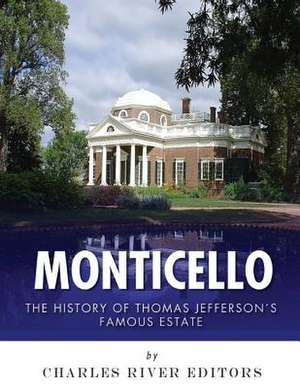Monticello
Autor Charles River Editorsen Limba Engleză Paperback
Preț: 57.95 lei
Nou
Puncte Express: 87
Preț estimativ în valută:
11.09€ • 12.05$ • 9.32£
11.09€ • 12.05$ • 9.32£
Carte tipărită la comandă
Livrare economică 21 aprilie-05 mai
Preluare comenzi: 021 569.72.76
Specificații
ISBN-13: 9781983753879
ISBN-10: 1983753874
Pagini: 82
Dimensiuni: 216 x 279 x 4 mm
Greutate: 0.21 kg
ISBN-10: 1983753874
Pagini: 82
Dimensiuni: 216 x 279 x 4 mm
Greutate: 0.21 kg
